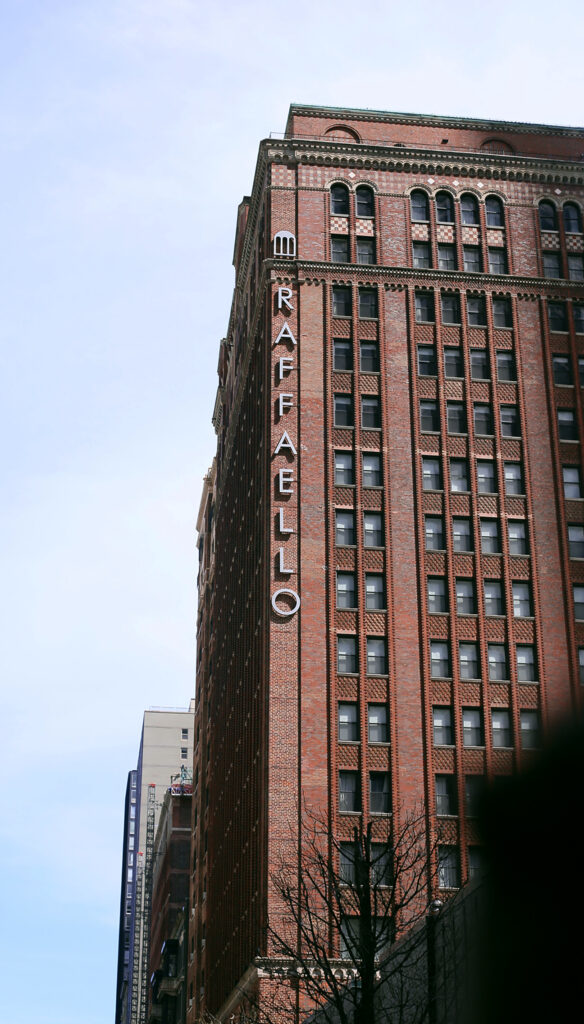
In the world of hospitality, strong visuals are essential to attract guests. Hotel photography isn’t just about documenting a space—it’s about creating a mood, selling an experience, and inspiring potential guests. If you’re a beginner photographer looking to make your mark in architectural photography, especially for hotels, this guide is your blueprint to getting started. This article explores some foundational strategies like lighting, composition, and lens selection to help you elevate your images from snapshots to polished marketing tools.
Digital Course: A Photographer’s Guide to Landing Their Dream Hotel Photography Client
1. Master the Use of Natural and Artificial Light
Lighting is the cornerstone of all photography, but for architectural work, it can make or break the atmosphere you’re trying to convey.
- Shoot during the “Golden Hours” (shortly after sunrise or before sunset) when natural light is soft and warm. This is ideal for exterior shots and even some interiors with large windows.
- Interior spaces can benefit from a mix of ambient lighting (from windows) and artificial sources like lamps or chandeliers. Turn on all interior lights for a warm, inviting glow.
- Avoid harsh shadows or bright window blowouts. Use exposure bracketing (taking multiple shots at different exposures) to blend images in post-processing for balanced lighting.
- White balance is critical—each type of light (incandescent, LED, daylight) has a different color temperature. Use a gray card or custom white balance setting for consistent color accuracy.
2. Composition: Lead the Eye with Purpose
Great hotel photos should guide the viewer’s eye and emphasize the design and mood of the space.
- Use leading lines—hallways, furniture lines, windows, or architectural features that naturally guide the viewer’s gaze into or through the image.
- Focus on symmetry—many hotel interiors are designed symmetrically. Centering your frame to emphasize this balance creates strong, striking compositions.
- Don’t forget the corners. Keeping your camera perpendicular to walls and using a tripod ensures straight lines and avoids distortion.
- Frame thoughtfully—ensure that elements like light fixtures, artwork, or furniture aren’t awkwardly cut off at the edges. A clean frame adds polish.
3. Choose the Right Lens (and Know How to Use It)
Lens selection significantly impacts the feel and realism of your photos.
- Wide-angle lenses (14–24mm full-frame) are staples in hotel photography. They allow you to capture more of the room and convey space. However, use them carefully—too wide and your images may feel distorted or artificial.
- Tilt-shift lenses are ideal for professionals, helping to correct perspective distortion (like converging verticals in tall buildings), but they can be expensive.
- Avoid distortion: If using a wide-angle lens, keep the camera level and avoid tilting up or down. You can correct minor distortion in post-production, but getting it right in-camera is best.
4. Style the Space
The best hotel photos are often lightly staged to highlight features and create a welcoming feel.
- Declutter—remove personal items, trash bins, or anything that distracts from the clean, luxurious look.
- Add thoughtful touches like neatly folded towels, a coffee table book, or fresh flowers to add life and intention.
- Work with the housekeeping team to ensure bedding is perfectly made, cushions are straightened, and surfaces are spotless.
- Shoot with a purpose: Highlight unique selling points like spa bathrooms, terrace views, or cozy nooks.
5. Use a Tripod and Shoot for Post-Processing
One of the most overlooked tools for beginners is the tripod—but it’s essential for hotel photography.
- Long exposures: Interior lighting often requires slower shutter speeds to avoid grainy, underexposed shots. A tripod ensures stability for crisp, clean images.
- Shoot in RAW: This gives you greater flexibility when adjusting exposure, white balance, and color in post.
- Bracket exposures: Take several shots at different exposures (under, over, and correctly exposed) and blend them using HDR techniques to achieve balanced lighting across the entire room.
- Post-processing: Correct perspective in editing software like Lightroom or Photoshop to ensure walls and lines appear straight.
Bonus Tip: Think Like the Guest
Before you even pick up your camera, walk through the hotel like a first-time guest. What would impress you? What angles best showcase the luxury, comfort, or uniqueness of the space? Let that perspective guide your shoot.
Final Thoughts
Architectural photography for hotels is a rewarding niche that combines technical skill with an eye for design and storytelling. As a beginner, focusing on foundational techniques like lighting, composition, and lens choice will set you up for success. Practice in various environments, study work from experienced hotel photographers, and always aim to capture not just a space—but an experience.
If you’d like a gear checklist or editing workflow guide to go along with this article, let me know—I’d be happy to provide it.
Download Hotel Architectural Photography Tips
Digital Course: A Photographer’s Guide to Landing Their Dream Hotel Photography Client